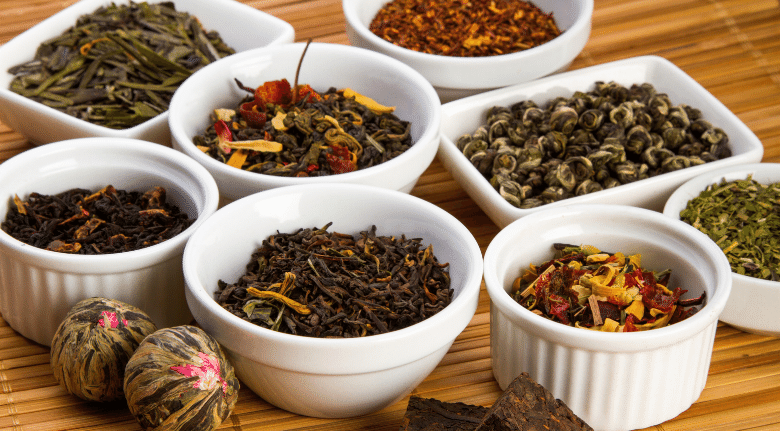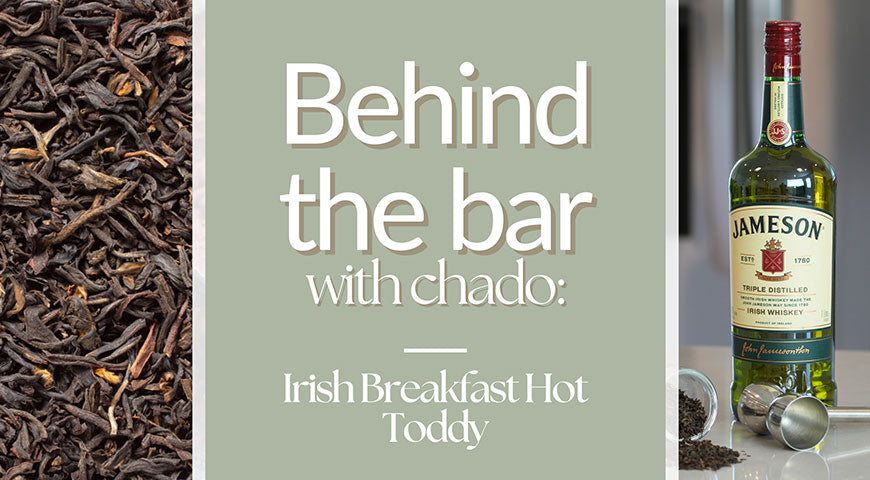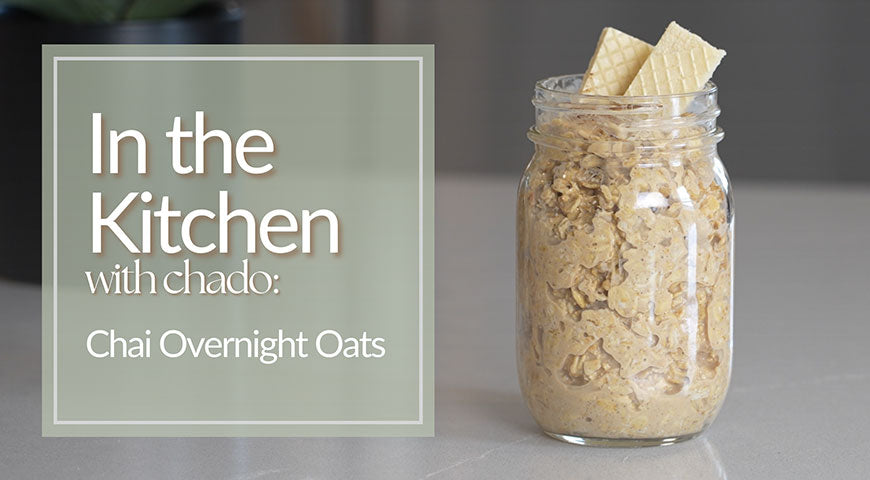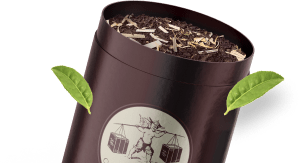
Tea Grading: Orange Pekoe Grading System

In the world of tea there is a wide variety of names and acronyms regarding the grades and classification of tea. Ranging from Black teas to Darjeeling flushes, as well as Chinese teas and Japanese teas, there is a grouping for them all. Before we cover our first grade and classifications let’s go over the number one misconception about tea. Green, Black, Oolong, Yellow, and White tea all come from the same plant, named Camellia Sinensis. The average tea drinker is unaware of this, with most of them believing that a different plant is responsible for each type of tea. This is not the case, it is what is done to the leaves after they have been picked that makes them unique and different in their own ways. The way these teas are processed changes how they are grouped into gradings and classifications.
Today we will cover the most common and widely recognized British grading system named “Orange Pekoe”. With origins tracing back to the Dutch East India Company, this system first began when the Dutch East India Company were expanding their hold on the growing tea trade. Most commonly used when grading Black teas, it can also sometimes be utilized for Green teas. The main focus of this system of grading is on the size of the tea leaf, the appearance, and whether or not the tea leaf is broken or whole. The higher the tea is harvested from on the tea shrub, the higher the grade of tea, usually from the very top bud. The lower the tea is harvested from the tea shrub, the lower the grade of tea, but the leaves do tend to be larger when harvested from the bottom.
Orange Pekoe Grading System
-
Orange Pekoe (OP) - Wiry and large leaves, usually without golden tips.
-
Flowery Orange Pekoe (FOP) - High quality whole leaf tea made from the first two leaves and the bud of the tea plant.
-
Golden (GFOP) - Some of these buds will have signature golden tips.
-
Tippy (TGFOP) - All of the buds have golden tips.
-
Special (SFTGFOP) - this can indicate additional leaf attributes that would make it a more prized tea. Special, can also be dictated through using numbers such as FTGFOP-1.
-
Broken (B) - this refers to the torn or broken pieces of tea leaves that can be still recognized as tea leaves. It is usually indicated between Flowery or Golden and Orange, FBOP and GBOP.
-
Fannings (F) - these are tea leaves that are finely broken and mainly used for tea bags. This identification is normally indicated at the end of the grades, FOPF and GOF.
-
Dust (D) - Extremely small tea particles that appear like dust and are strictly only used in tea bag production. It is also normally indicated at the end of the grades, OPD and BOPD.
Want To Browse Our Wide Collection Of Teas?
Check out our Selection of Teas we have to offer from all over the globe.




